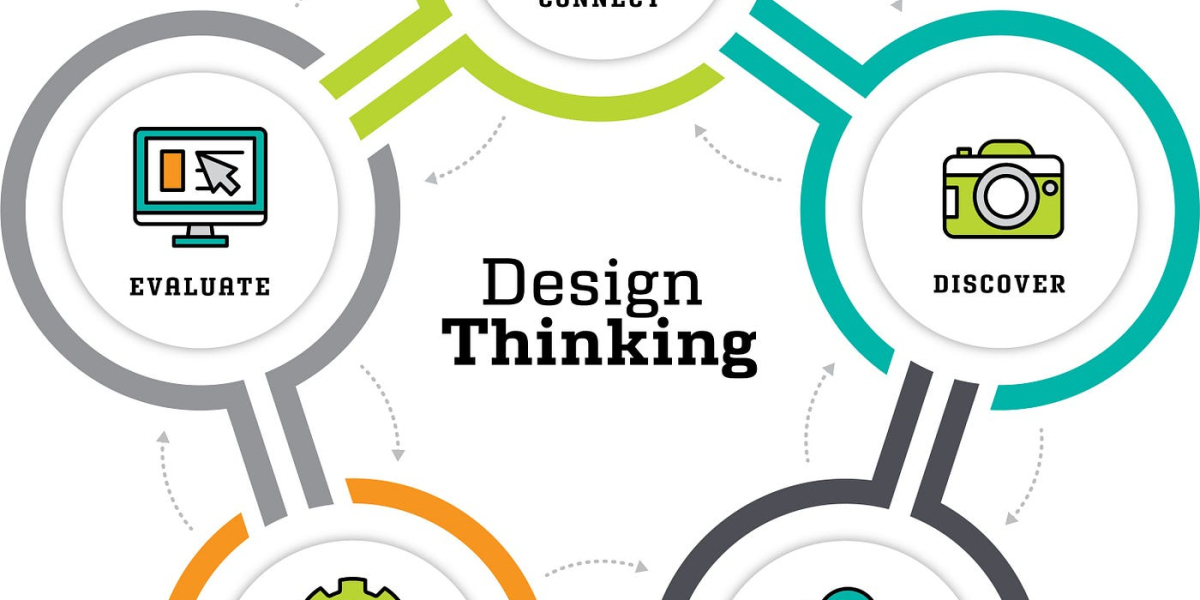In a world saturated with products and services, the methodology of Design Thinking has emerged as a powerful, human-centered approach to innovation and problem-solving. It is a non-linear, iterative process that teams use to understand users, challenge assumptions, redefine problems, and create innovative solutions to prototype and test. Unlike traditional, more linear problem-solving methods that might focus on technical feasibility or business viability from the outset, design thinking starts with a deep and empathetic understanding of the end-user's needs, desires, and pain points. By placing the human at the center of the creative process, it provides a structured framework for tackling complex, ill-defined problems and delivering solutions that are not only functional but also genuinely desirable and meaningful to the people they are intended for.
The design thinking process is typically broken down into five distinct, yet overlapping, phases. It begins with Empathize, where teams conduct research to gain a deep understanding of their users' experiences and motivations. The insights gathered in this phase are then synthesized in the Define stage to formulate a clear, human-centered problem statement. This well-defined problem becomes the springboard for the Ideate phase, a collaborative brainstorming session aimed at generating a wide range of potential solutions. The most promising ideas are then brought to life in the Prototype stage, where inexpensive, scaled-down versions of the solution are created. Finally, these prototypes are put in front of real users in the Test phase to gather feedback, which is then used to refine the solution and often leads back to earlier stages of the process in a continuous cycle of learning and improvement.
The strategic benefits of adopting a design thinking mindset are profound and extend far beyond the design department. It fosters a culture of innovation and collaboration by breaking down organizational silos and encouraging cross-functional teamwork. It significantly reduces the risk associated with launching new products or services by ensuring that solutions are rigorously tested and validated with real users before any significant investment is made. Most importantly, it leads to the creation of products and services that have a much higher likelihood of achieving market success because they are built upon a genuine understanding of customer needs. Ultimately, design thinking is not just a process; it is a cultural shift that empowers organizations to become more creative, agile, and customer-centric.








